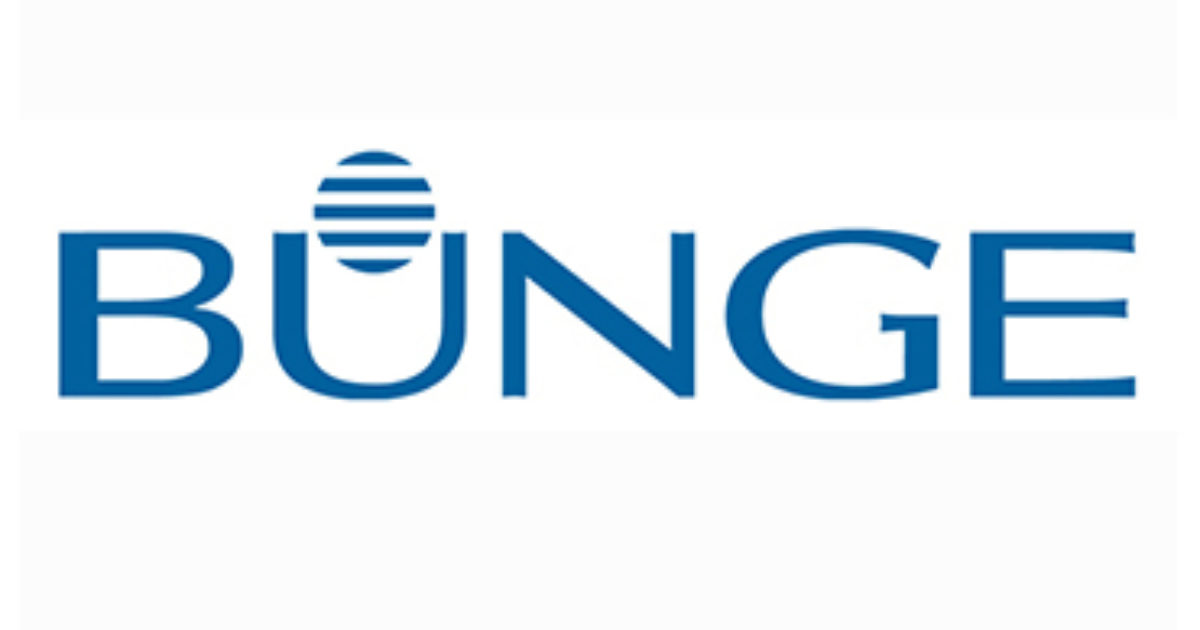With sustainability at the heart of Bunge’s corporate strategy, the company has proudly served as an industry leader in this essential area of focus for more than a decade. As demand for food, feed and fuel continues to grow, Bunge serves as an important link in the producer-to-consumer food chain and strives to put quality food on the table, advance sustainability where they operate, strengthen global food security and help communities prosper. At the company’s global headquarters in St. Louis, Bunge was pleased to participate in the 2020 St. Louis Green Business Challenge with a focus on employee education, local environmental projects and leadership toward common solutions to industry-wide challenges.
During the 2020 Challenge, Bunge earned the esteemed title of Challenge Champion for completing work with the Leader scorecard and committing to continued implementation of deeper sustainability strategies. The company also elected to develop and report on an Innovation Project – Sustaining and Growing Internal Sustainability Awareness Through Enhanced Communications and Community Partnerships – around their internal greening efforts and client-based work.
Among the company’s impressive accomplishments to receive recognition in the Challenge was a biodiversity project that planted 437 native tree species at five Bunge sites, plus a renewable energy project that supported two East Kansas plants to switch to 100% wind power to achieve net zero emissions by the end of last year. Other noteworthy initiatives included an Earth Day 2020 tree planting event for more than a dozen volunteers across seven Bunge sites and a series of nearly 30 strategy webinars facilitated by the company’s Green Team, which were promoted by Ameren, the St. Louis Green Business Challenge, Gateway Greening, BG Sustainability, Living Lands & Waters and more.
To further reduce environmental impact, Bunge’s Sustainability & Corporate Responsibility Committee continues to assist the Board of Directors in fulfilling its responsibility for oversight of relevant sustainability and corporate social responsibility policies, strategies and programs. In doing their part to embrace sustainable decision-making for a greener planet, three core pillars guide the company’s business and sustainability efforts: Action on Climate, Responsible Supply Chains and Accountability. This approach enables Bunge to better plan for and measure the success of its activities, in addition to aligning with global efforts to achieve the UN Sustainable Development Goals by 2030 — a critical movement to reduce poverty, protect the environment and ensure healthy and productive livelihoods.
The Clean Air Partnership is pleased to recognize the tremendous efforts of businesses like Bunge that continue to do their share for cleaner air by channeling their time and energy towards practicing sustainability. For additional information on how your company can get involved in the St. Louis Green Business Challenge, subscribe to their weekly E-Newsletter or visit www.stlouisgreenchallenge.com. To learn more about the link between sustainability and air quality, explore our website, like us on Facebook or follow us on Twitter at @gatewaycleanair.



